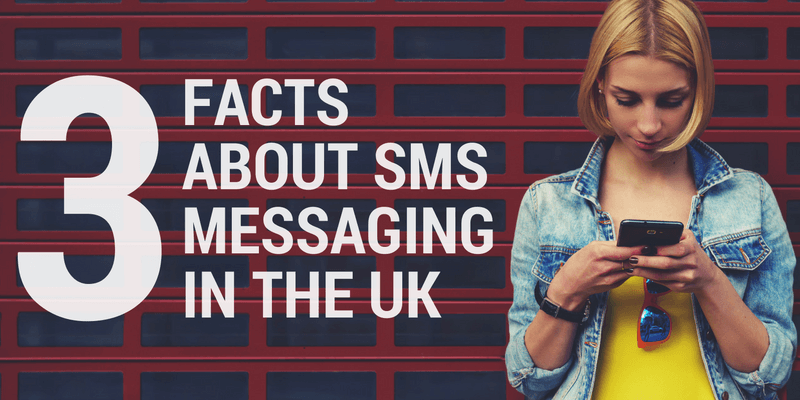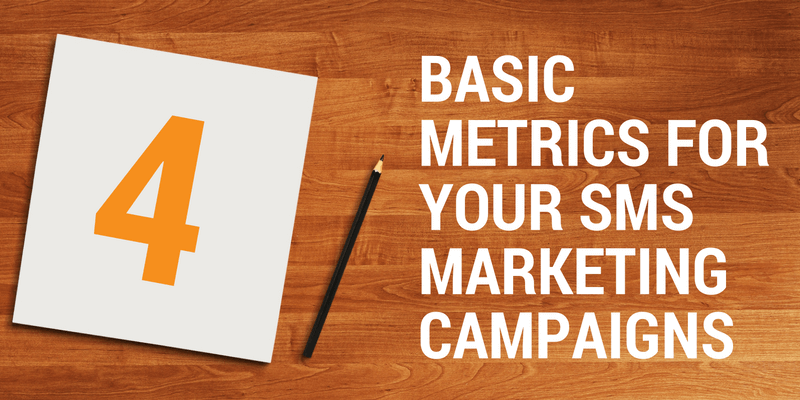OFCOM Report Proves SMEs Reliant on SMS Messaging

Last year OFCOM conducted a survey to assess how SMEs are doing with their communications. The research report, called “The SME experience of communications services” primarily focused on telecoms, contracts, and issues. It had some interesting data though, on SMS messaging and how these companies are using their mobile phones.
SMS Messaging
When asked how they use smartphones for business, 96% of SMEs replied “Sending and receiving texts”. Now it’s important to know the question was specifically about business use, not personal. Texts, or SMS messages, was the second highest rated activity, with voice calls coming in first at 97%. You can see the data in the chart below.
The third most common activity was sending and receiving emails at 82%. Clearly sending texts is a much more common activity than emails, even with a smartphone.
Another interesting fact from the chart is at the far right (with the squiggly lines). Each of those lines represents the number of employees the SME responding had. The company sizes ranged from 1-4 employees, all the way up to 50-249 employees. The data points in the red box are all clustered together showing that all companies, regardless of size, used SMS messaging.
Later in the report, the companies were asked how many had smartphones or standard (basic) mobile phones. It’s quite interesting that 21-38% were using standard mobiles. You can see the numbers in the chart below.
The first four columns indicate the size of the companies, and the last three are the locations of the companies. We don’t know if the mobiles are personal or provided by the employer. The data in the table above shows that the larger the company, the more standard mobiles were in use. Given the cost difference between the two types of phones, I’m tempted to say that the larger companies were providing standard mobiles for employees since the ratio was so high. But I won’t give into the temptation, as there isn’t enough information in the report to say that conclusively.
The real takeaway is that a significant portion are still using standard phones. That generally means no apps and limited or no Internet access. But they can still all receive SMS messages, which may be why SME’s rely so heavily on them for business communication.
Embracing SMS Messaging
Since the report didn’t focus on SMS messaging, it is hard to say how the companies are using it. We only know they are using it a LOT. I can’t help but imagine workers texting away on their phones because it is the most practical way to connect with people quickly. But it also makes me wonder whether or not the companies have embraced it as a standard practice, or if individuals are using it out of necessity.
Here are the ways companies can incorporate it into their operations:
Employee communications – SMS can be used for mass communications for things like policy updates (time sensitive ones especially) or emergency notifications such as power outages, closures, or other important information. It could also be used for one-to-one messages. This could be reminders for required training, deadlines, or meetings.
Logistics – Coordination between employees can be challenging in certain industries. Any SME that has a distributed workforce could leverage a company SMS plan to provide regular updates on locations, status, travel times, or changes. Even if everyone is co-located, SMS can enhance the communication between department or co-workers.
Payroll – SMS can be used to notify employees when their checks have been deposited or if there were changes to their deposits. Some companies have also used SMS for time card reporting, or for reminders to employees to enter hours worked.
IT status – Most companies these days rely on some sort of IT infrastructure. SMS messages can be used to alert employees of outages, or the IT department of issues that need attention. The quick nature of SMS can mean issues will be resolved faster, with less downtime.
Looking at the OFCOM data, it just makes sense for SMEs to take a serious look at how to incorporate more SMS messaging into their workflow. They’re already using it, but perhaps not to its full potential.
Visit our SMS guides page to see if we have a report on using SMS in your industry. If not, we’d be happy to talk to you about using it for your company specifically. You can reach our account experts via our live chat, email or phone.
Related Articles
12 Reasons Mobile Messaging is “A Beautiful Thing”
Beauty is in the eye of the beholder. But could text messaging really be considered beautiful? You might argue that it depends on the messages you get! That’s a valid approach, but I recently found a description of mobile messaging that made me believe it is indeed beautiful, so I thought I’d share it with you.
3 SMS Marketing Metrics That You Need to Know
SMS marketing is one of the most effective mobile marketing channels available. It’s also one of the easiest to measure your performance for every campaign, even every message. Read the full blog to discover the three of the basic metrics you’ll need to know to evaluate your success.
Why Using SMS for Customer Service is a Good Thing
Customer service is arguably one of the most important parts of any organisation. Happy, loyal customers spend more and ultimately bring you more business through positive comments and referrals. Here's why SMS is crucial to maintaining high levels of support now and for the future.
Consumers Prefer SMS Over Mobile Apps
Earlier this month I attended an online webinar session covering topics related to SMS. One of the presenters produced some interesting statistics. I wanted to know more, so I went to the original source and found some great news for everyone using SMS as a key part of their mobile strategy.
5 Amazing SMS Statistics from Salesforce
Every year Salesforce releases its State of Marketing report. It offers insight into how marketers use and see the various tools and channels available today. In the 2016 report, much of the content focused on social and email, but also included a good deal of information on mobile marketing too.
Proof SMS Messaging Gets Results: Conversions
Consistent double-digit conversion rates are a hallmark of SMS marketing. Is it all because of mobile coupon redemptions, or can it be used for other marketing objectives? We’ve got examples from different industries and objectives so you can decide for yourself in this latest Results Series blog.
How A/B Testing Works in SMS Messaging
A/B testing in SMS messaging is something that sounds vague and possibly complicated. But with a little knowledge it’s something you can do for your organisation. We make it simple to understand and share some tools to make it easy to do.
3 Facts about SMS Messaging in the UK
Do people really like getting SMS messages? Is it true they’re using Apps like WhatsApp instead? A recently published survey reveals those answers, and a few more. Find out the details on how SMS messaging is used and viewed in the UK in this blog.
Do You Really Check Your Mobile Phone 1550 Times a Week?
Recently Tecmark released the results of a survey they conducted on mobile phone use. You’ll see the results reported everywhere online as the data is quite extraordinary. Here’s we include a summary of statistics for an average user. They may not be all that surprising, but they're certainly telling.
4 Basic Metrics for Your SMS Marketing Campaigns
One key to successful marketing is to know when you’re doing it right. And when you’re doing it wrong. The great thing about SMS marketing is you can get that information pretty quickly. But to understand how your messages are performing, you need to do a little maths. Thankfully, it’s all rather simple once you see it.












